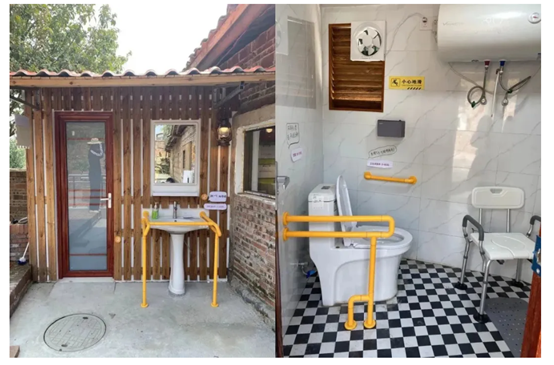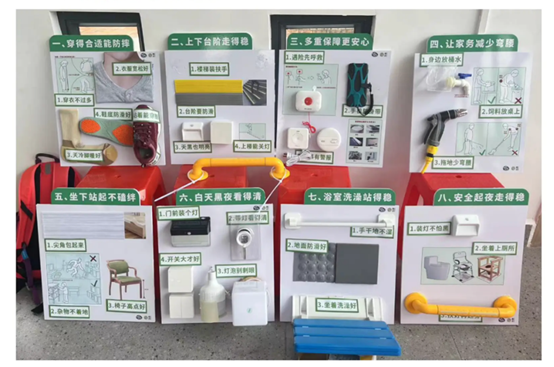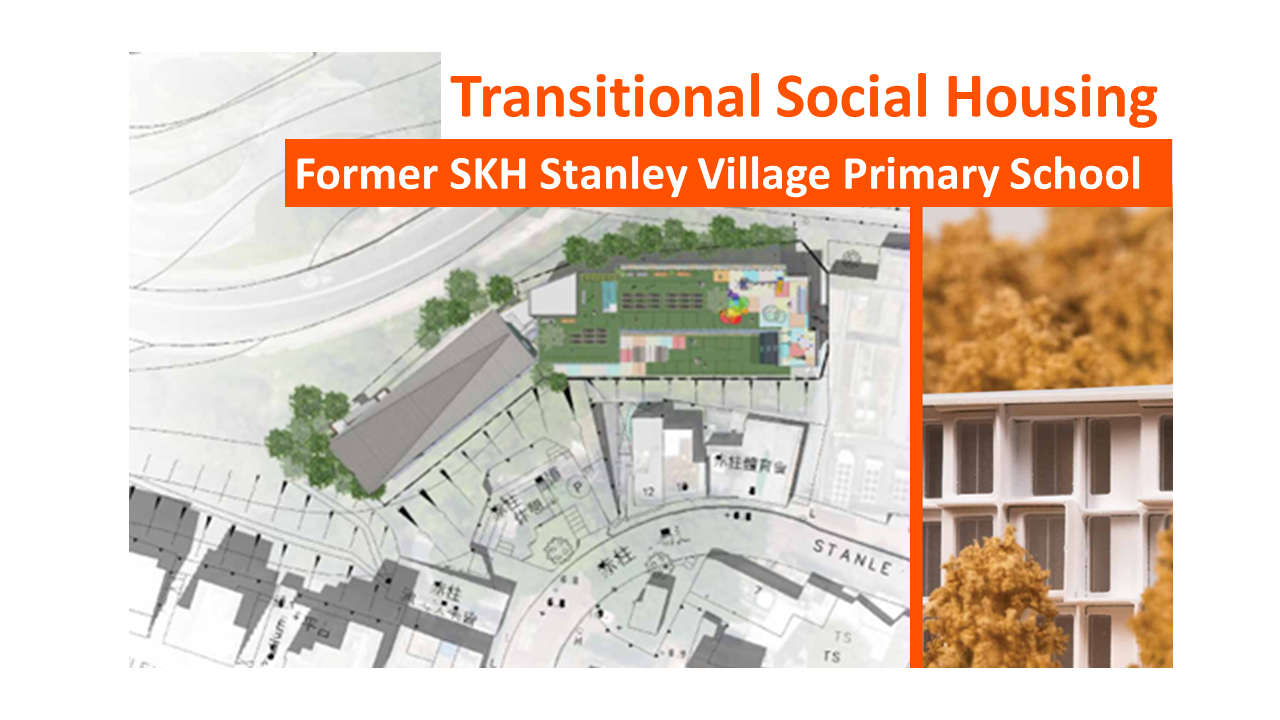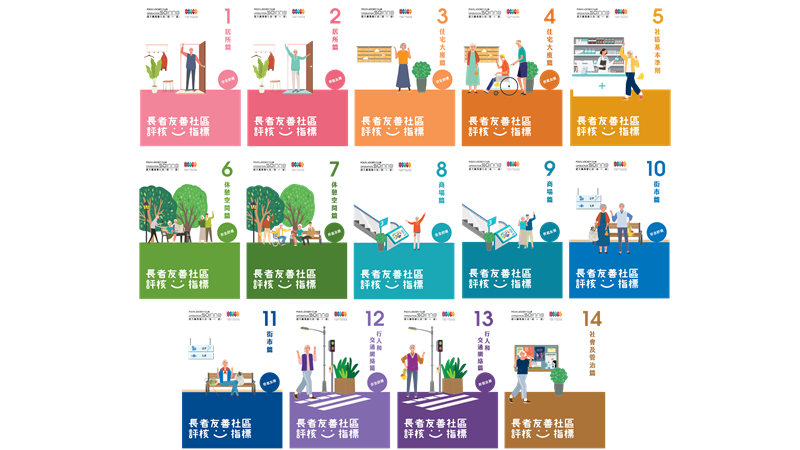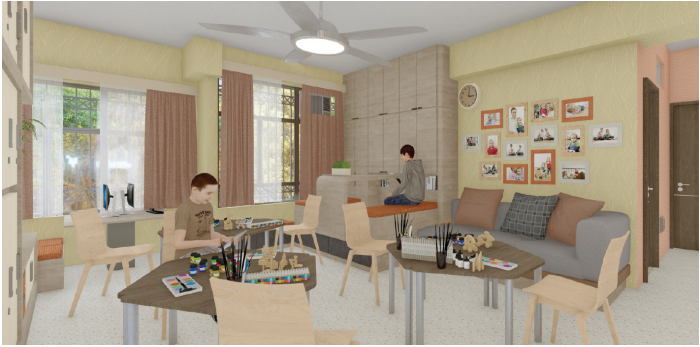OVERVIEW
Ageing populations are a common issue in rural areas of China, and there is an increasing awareness of ageing-in-place renovations. While the concept of ‘ageing-in-place’ is widely known in urban areas, it is relatively new and clashes with traditional customs in rural communities.
Rural Covenant (the project team) is a social enterprise based in Shaoguan, Guangdong province. The team is committed to promoting the integration of urban and rural areas and revitalising rural communities through social innovation initiatives, primarily through ‘co-creation design’ to solve problems. During the implementation of the ‘Ageing-in-Place Renovation’ project in Xinlong village (新龍村), the project team started to consider how this innovative concept could be promoted in rural communities to more effectively improve the quality of life of rural older adults.
Consequently, the project team decided to simultaneously renovate an public washroom as an ‘entry point’ (note 1) while conducting ageing-in-place renovations for 23 households of ‘persons in extraordinary poverty’ (referring to individuals aged 60 or above who live alone, are widowed, advanced in age, seriously ill, disabled, or economically challenged). This approach aimed to strengthen the understanding of ‘ageing-in-place renovations’ among all villagers, where space renovation and consciousness awakening complement each other.
THE OUTCOME
The achievements of the Rural Covenant project, focused on the promotional design of rural sanitation facilities (referred to as the project), can be analysed in three major areas: spatial renovation, consciousness awakening, and industry impact.
Spatial renovation: The project’s construction of a public washroom in Xinlong village (新龍村) serves as an example of ageing-in-place measures.
Culture building: The project visualised the concept of ageing-in-place renovations and allowed villagers to experience them, thereby increasing their acceptance of such renovations. The public washroom serves approximately 5,500 people in nearby villages and towns. As the first pilot project for rural ageing-in-place renovations in Shaoguan, it has attracted a lot of visiting stakeholders.
Industry impact: The team has summarised the project achievements and compiled them in a toolkit for public dissemination. It is designed to assist community workers in effectively promoting the concept of ageing-in-place renovations and identifying renovation needs. The toolkit has been promoted nationwide and is being widely used in rural areas in Ya’an city, Sichuan province.
THE PROCESS
Inspiration
Against the policy background of ‘Rural Revitalisation’ in China, many foundations have initiated and implemented home-based ageing-in-place renovation programmes in rural areas, providing home renovations for ‘persons in extraordinary poverty’ in rural areas. The Rural Covenant project team selected Xinlong village (新龍村), a location that is characterised by typical issues relating to the ageing population, as the site for its ageing-in-place home renovation project.
During the home renovation process, the project team identified various common difficulties in rural ageing-in-place renovations at home.
- Current ageing-in-place renovation guidelines are derived primarily from the experience of urban housing construction and lack references for rural home renovations. Due to differences in urban and rural architectural designs, urban ageing-in-place standards cannot be directly applied to rural communities. For example, in rural areas, toilets are often located in the courtyard rather than inside the house.
- Rural elders are less aware of ageing in place and less accepting of home renovations than their urban counterparts, and the current recommendations for ageing-in-place home renovations often clash with traditional rural customs. The doorstep is a prominent example. In traditional Chinese culture, the doorstep serves to ‘ward off evil spirits’, yet from the perspective of ageing in place, it represents an obstacle for wheelchair users.
The project team recognised the importance of communication and consciousness awakening in promoting rural ageing-in-place renovations. Consequently, they shifted their focus to promotion, aiming to assist more rural families in need and helping relevant stakeholders (such as local government agencies, village committees, community service units, and even construction companies) understand and recognise the need for rural ageing-in-place renovations. These stakeholders would then learn ageing-in-place renovation methods and apply them in the community.
Ideation
Rural Covenant first recruited cross-disciplinary individuals to form a co-creation team, including academics with expertise in ageing studies, design, and communication; social workers; Xinlong village (新龍村) residents; and local village workers. Together, they co-created the promotional design project for ageing-in-place renovations in Xinlong village (新龍村).
During the initial research phase, the co-creation team discovered that the bathroom was the area with the highest risk for injuries in older adults’ daily lives. Considering the local communication habits, which rely on ‘seeing is believing’, the team decided to transform the complex concept of ageing in place into something tangible and experiential.
Starting in March 2023, the co-creation team used public sanitation facilities as a platform for experience, supplemented with a promotional communication toolkit to promote home-based ageing-in-place renovations in Xinlong village (新龍村).
Implementation
The co-creation team first visited 23 households of ‘persons in extraordinary poverty’ in the village to understand the challenges of promoting and communicating ageing-in-place concepts. They identified typical pain points for ageing-in-place renovations in rural areas, such as the risks of staircases for older people, issues with emergency assistance within the home, inadequate night-time lighting and slippery bathroom floors. After gaining an understanding of the general perceptions of rural older adults, the team began planning the construction of ageing-in-place public sanitation facilities and conceptual promotion strategies.
As the platform for promoting the concept of ageing in place, the public sanitation facilities needed to incorporate feasible measures and designs that would make the concept tangible and encourage villagers to apply it in their daily lives. For example, they implemented measures such as anti-slip features, accessible pathways, and the use of washroom products commonly chosen by rural households.
A series of communication tools to facilitate promotion also emerged, including written guidelines, engaging short videos, catchy rhymes, and visual signage. (Visual: Initial rendering of the proposed public washroom)
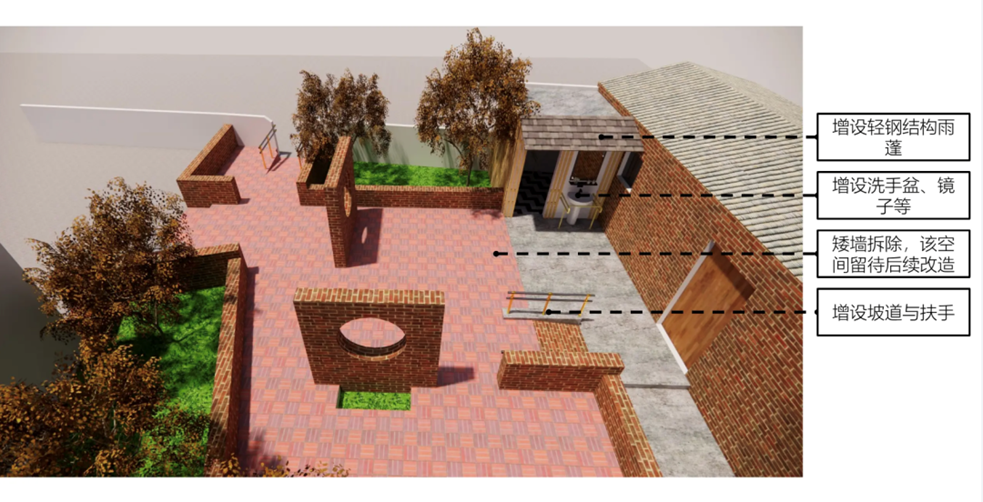

During the co-creation process, the public washroom served as a prototype. The co-creation team collected feedback on its use from relevant stakeholders, including villagers and elderly care social workers. Based on this feedback, they continuously revised the design plan for ageing-in-place washrooms at home and the promotional content for rural ageing-in-place renovations.
